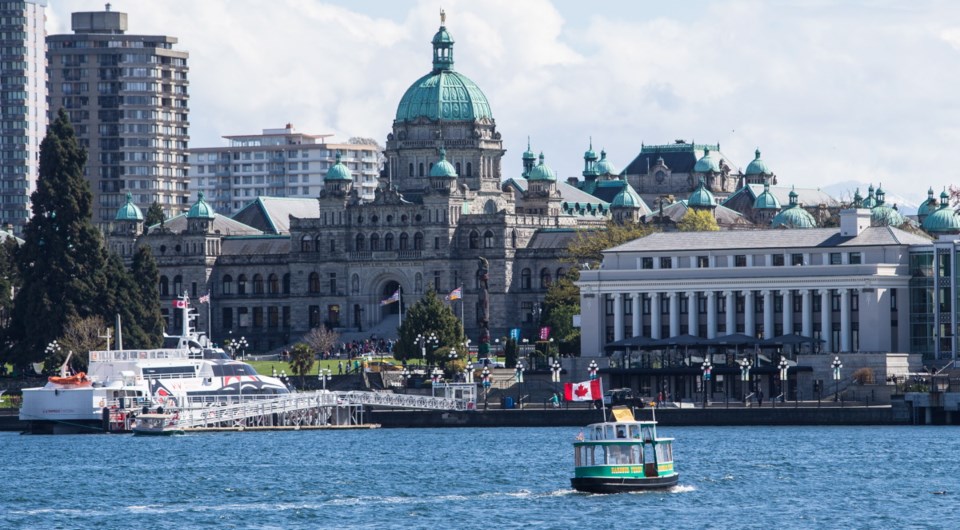Greater Victoria’s greatest strength resides in its environmental and human health as well as its economic resiliency, according to a new index released this week by the South Island Prosperity Project.
The South Island Prosperity Index was established as a tool to help attract capital investment to the region while determining Greater Victoria’s key selling features. It suggests the city ranks above its peers when it comes to livability.
“We thought it was really important to be able to start benchmarking the region’s pros year after year and get an understanding of how we are progressing,” said Emilie de Rosenroll, SIPP’s executive director. “This is a baseline, something against which we can measure our progress, and we can set ambitious targets going forward and get people rallied behind some united goals.”
De Rosenroll said there were few surprises in the first index, but what they gleaned from looking at nearly 140 indicators should allow the region “to boast a little better. We will be able to tell the world how strong Victoria’s economy is and what differentiates us from different places in Canada.”
The index suggests Greater Victoria ranks above its peers when it comes to human health, noting there are low levels of violent crime, easy access to recreational spaces and health-care workers. The region also scores well — at par or better with other cities — when it comes to environmental health due to low greenhouse gas emissions, and good air quality, though it does get marked down for its treatment of waste and wastewater.
Economic resiliency was another bright spot for the region, with business growth increasing, the lowest unemployment rate in the country and a highly knowledgeable workforce.
De Rosenroll said the index highlights areas Greater Victoria can use to sell itself to the world in hopes of attracting investment and entrepreneurs, while it also showcases areas that need improvement if Greater Victoria is to be a destination of choice for economic development.
The index suggests Victoria is weaker than other Canadian cities in the realms of transportation and mobility as well as housing and affordability.
De Rosenroll said while Victoria does have its challenges, there’s more upside than down.
“We have a really strong value proposition globally,” she said, when asked to summarize the findings. “Here we often compare ourselves to Vancouver and Seattle, and they are not necessarily the right benchmarks we should compare to.
“There’s an understanding that we are the second-largest metro region in B.C. and the second-largest contributor to GDP in the province. It’s not a retirement community or an entirely public service-based economy, that’s just not the story anymore. We don’t have a product problem, we have a marketing problem.”
The index is to be part of the solution to that problem, as SIPP expects it will help them beat the drum for Victoria to the rest of the world.



